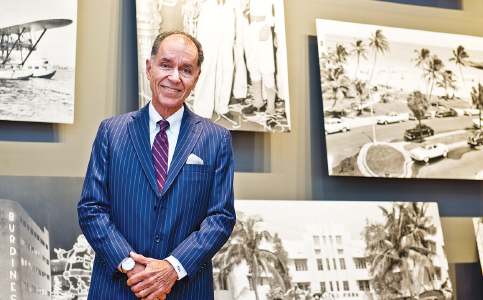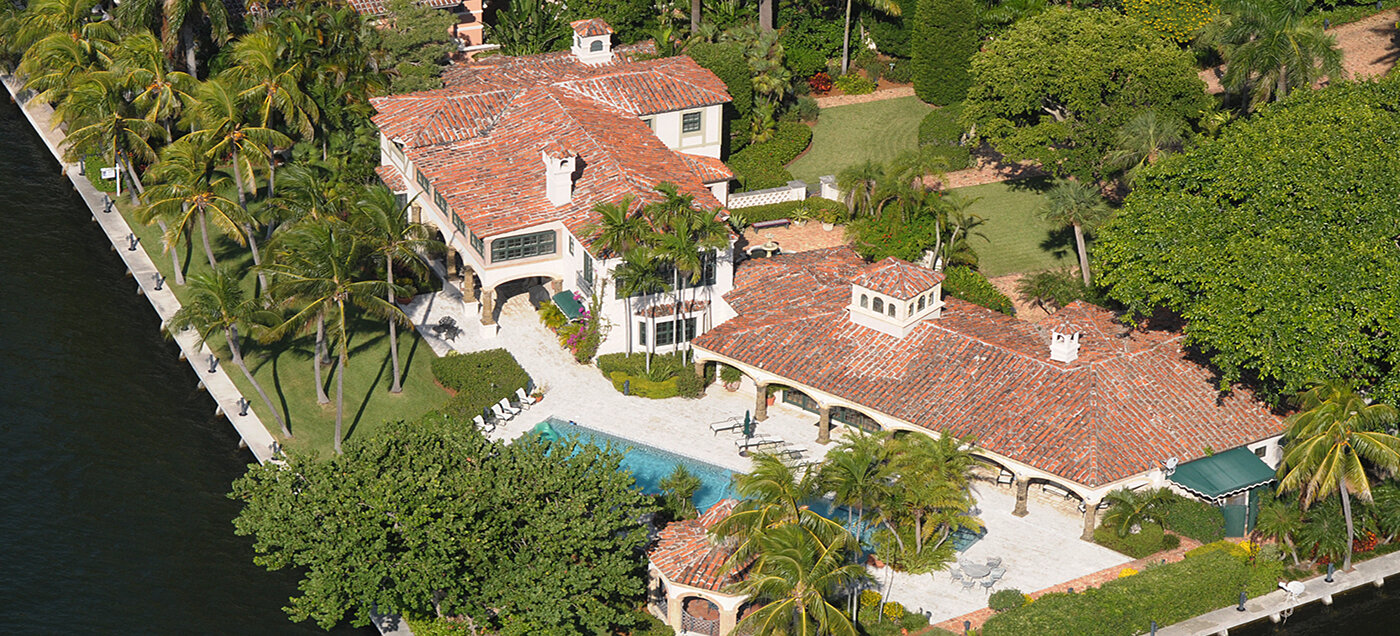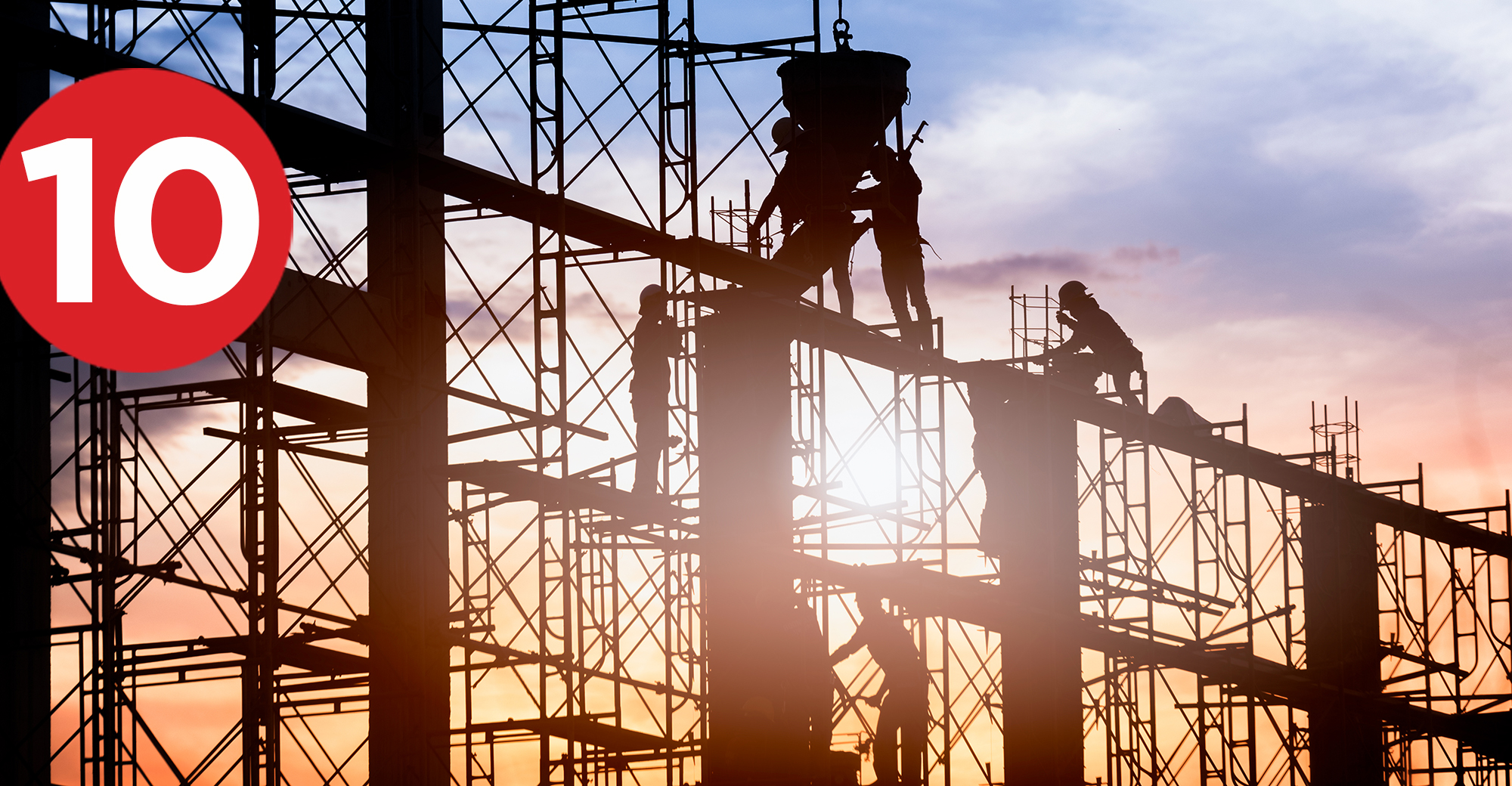Historian offers insight into soaring housing costs in Miami
Advertisement

The rising cost of homes and rent and high inflation are nothing new for Miami, according to historian Paul George.
South Florida has been through booms and busts before, with probably the most spectacular boom reaching its peak in 1925, he said.
“It began a couple of years before that and then it collapsed in 1926. I keep looking at that trying to make some sense out of the spiraling prices for homes,” Dr. George said. “So overpriced it’s amazing, and I keep looking for signs if it’s going to come down, and I’m thinking the mortgage rate has been jacked up now by the Federal Reserve through the lending policies, which I think is going to help slow this thing down.”
Those mortgage rate spikes are what’s giving Dr. George some insight into the future: “We’ve seen boom/bust in Miami history in terms of real estate. This is obviously a boom period, but I don’t think it’s going to go down as dramatically as far as it did after the collapse in 1926.”
Miami has always been a high-growth area, Dr. George said. Today, Miami has about 470,000 residents, the county 2.72 million, compared to 120 years ago when hardly anybody was here.
“It’s just really boomed, and I understand that part, that people want to come here and people continue to come here,” he said.
Thinking back through Miami’s history, the city was never a smokestack economy, it never was a factory place, Dr. George continued. “It’s been hitched to tourism and it’s been hitched to real estate almost from its inception.”
Tourism and real estate have been the big engines of the area’s economy and will continue to be, Dr. George added, but he sees the city moving into a more diverse direction as a major tech center.
“I think that’s going to be a third major element of our economy that we haven’t really had before as we move into the future,” he said.
Another important factor that needs to be looked at is environmental effects, Dr. George added.
It took the nation and the region until the last 10 or 20 years, he said, “to really have a handle on the environment and where it’s going. But we’ve come to this too late, not just in Miami, but the rest of the nation and much of the world.”
Dr. George said the problem here is rising waters in Miami Beach and on the Miami side of Biscayne Bay.
“We’re ground zero and we’ve got to do some drastic stuff,” he said. “We’re still building high-rises right on the water, which are considered as some of the hottest properties. We haven’t yet really gotten our – no pun intended – feet wet on how we’re going to cope with the environment, and if we don’t conquer it or coexist with it, we’re not going have a very good future.”
Helping highlight South Florida’s history and culture, HistoryMiami Museum’s Hana Squires is a young professional who has handled, in very splendid fashion, some of his engagements at the museum, Dr. George said. “She’s marvelously talented and well organized.”
Ms. Squires develops and manages city tours programming at HistoryMiami, where she navigates through landmarks, neighborhoods and waterways in Miami.
“I think gentrification is something that we’re seeing happen in Miami,” she said. “We’re seeing a lot of change and development in communities, especially along the Miami River, and it’s really changing our cultural landscape, changing our physical landscape and building environment.”
The city is evolving and there’s so much layered history in that, Ms. Squires said, but taking it back to what Dr. George said on environmental effects caused by the city, “Maybe this is a secondary thing, but I think this is very much woven together, which is climate change,” she added. “We’re seeing sea level rise, flooding, and that’s impacting our community stakeholders, residents and tourist as well.”


